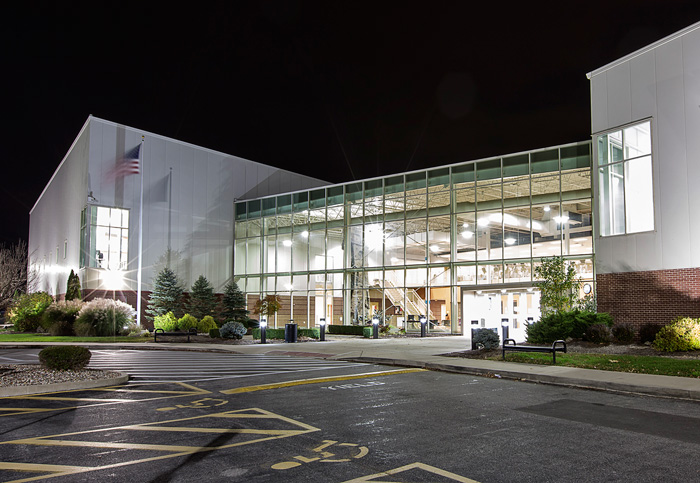 1. Why LED’s?
1. Why LED’s?
As a rule, LED bulbs use 70 to 90% less electricity than standard bulbs. They have an unparalleled even spectrum of light and have a lifespan beyond ten years. LED’s provide us the most efficient way to save energy and conserve our natural resources. If LED’s were implemented right now universally, we would not need to build another power plant. LEDs would actually eliminate the need for over 30 existing power plants!
2. Do LED light bulbs contain mercury?
No. LED bulbs do not contain mercury. They can actually be recycled as they do not contain hazardous substances and are manufactured without hazardous substances.
3. How do LED light bulbs compare to CFL bulbs?
Studies show LED light bulbs use 50% less energy than CFL bulbs and in many cases last 10 times longer than CFL light bulbs. They are much more durable, environmentally friendly, vibration and shock resistant and offer excellent light quality, both indoor and outdoor.
4. Do LED bulbs produce as much heat as CFL or Incandescent bulbs?
LED light bulbs emit much less heat than a CFL or incandescent bulb. In many cases, you can actually feel the temperature difference just by being near the light. LED light bulbs will always operate at a lower temperature than a CFL or incandescent which has immediate benefits in reduced cooling bills in the summer months where we are paying for our Air Conditioning to cool our offices.
5. Why are LED lights more expensive?
LED light bulbs use an actual circuit board to operate and are made of electronic components. Essentially, they could be considered an electronic device. This technology continues to gain advantages almost daily. The manufacturing and supply/demand of general lighting products are gearing up today, and we will see costs continue to decline as the adoption rate of LED Lighting increases.
6. Is LED light a different type of light?
Yes, LED light is said to be a safer, healthier light. LEDs do NOT produce any sort of ultraviolet radiation which causes fabric fading, color fading in Art, carpeting and other soft goods. There is none of the ‘buzzing’ or ‘flickering’ that many people are sensitive to with CFL Lights. Residential and especially commercial and industrial plants, stores libraries, galleries, and warehouses can immediately benefit from LED Lighting.
7. How long do LEDs for general lighting really last?
Remember, the longevity of LED Lighting can be 100,000 hours. LED’s are Solid State devices (SSL – or “solid state lighting”); they will not burn out. Life expectancy for SSL lighting is upwards of 50,000 to 100,000 hours or more which means no maintenance costs for facilities workers to replace lights. Over time, the cost of the fluorescent or incandescent bulbs themselves can add up to a significant savings when converting to LED’s.
LED lights are typically rated to last about 100,000 hours. An incandescent light bulb is rated for about 1000 hours. CFLs or Fluorescent Tube lights are rated for 6-8000 hours.



